Etchmiadzin Cathedral: One of the oldest Cathedrals in the world
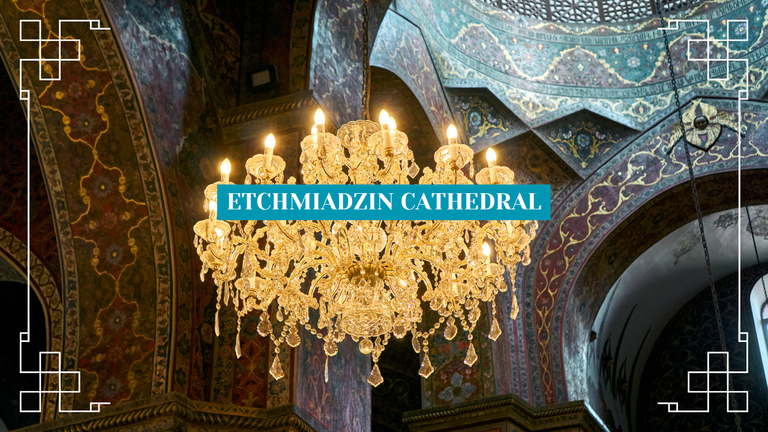
There's a few different ways to spell out this area of Armenia: Ejmiatsin. Etchmiatdzin, or also referred to as Vagharshapat. An old, dusty small town just around an hour outside of Yerevan. More leaning towards the start of Mount Ararat. The mountain towering above much of the natural landscape in this more flat region of the nation. It's hot. It's dusty. It shares some similarities to that of some of Iran and what is now considered Eastern Turkey, where other historical Armenian churches reside upon a much larger, former Armenia. This landscape is one that is harsh, where families reside in larger, more traditional homes rather than apartments buildings. Where they own more land and will farm it for various produce: fruit and vegetables. Under the Soviet period, more housing was developed for the area, giving it massive outdoor swimming pools, many military bases, cinemas and other various cultural centres. This rocky and dry landscape has been the location of many Bronze Age discoveries.
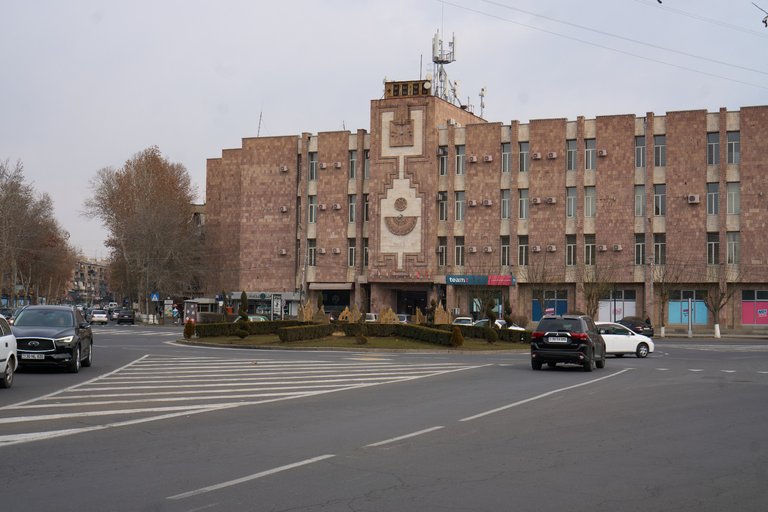
Just look at that old digital clock at the top!
To walk through Ejmiatsin these days feels a bit rough. It's not what it once was. It's decayed. Much of the outdoor spaces now overgrown with many fountains that rarely operate. With new attempts at development which have been abandoned from corrupt organisations which take money and leave. Power cuts are frequent here. Water often stops working throughout the day and still doesn't operate all night. A strong stench of burning is often creeping in through the hot, still nights when you really just want some air to enter the warm rooms. This is a largely forgotten area. It feels like one big village now, with much of its entertainment space gone throughout crippling economic times. Where the former production through the Soviet era factories is no longer, those factories now scattered all over the area, left alone with decaying aspects of history. Some still hold the hammer and sickle at the entrance, still spreading that love for the worker that no longer passes through those large gates.
Today, Ejmiatsin's greatest feature is its incredibly religious past and present. The home of Mother See of Holy Ejmiatsin. Essentially the headquarters of the Armenian church. This small town has a lot of old churches within. Some are so old they're now just little bits of debris, early foundations. Or just old walls. It was only recently that within the centre of Ejmiatsin, one of the oldest cathedrals in the world was undergoing reconstruction, reviving it to its former glory. Now, some will even claim that this very well is the oldest cathedral in the world. But I'm not sure how accurate that is. Supposedly fourth century. Victim of invasion and natural decay throughout hundreds of years. Though when I first arrived in Armenia, the location itself was in great condition. Probably the only area that didn't scream of decay in some form. Though a year ago the cathedral was still covered up with scaffolding, and there was no way to look or go inside. Until very recently. With the church now open again and seeing a large influx of both Armenian and international tourists.
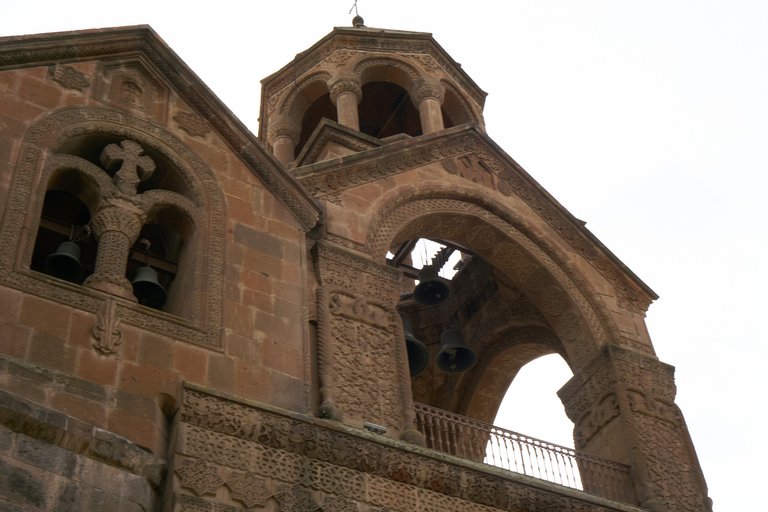
I visited the location back in February, not too long after it had reopened. I was incredibly surprised at the sheer beauty of the interior, one that had a deeply Armenian cultural connection in its visuals. The colours, the patterns, the religious themes found throughout. Though, to start some of this exploration into the interior, I want to highlight an interesting fact regarding the church now and its reconstruction: as part of the painting of the doorway, before entering the church itself, a painter had failed to notice a rogue scorpion up on the ceiling. Yes, this region sees scorpions during summer. This meant that the newly-reopened church now features a painted-over scorpion that can be seen if you look up before entering the church. If you ever find yourself here, be sure to be on the lookout for that first. If you can't find it, just ask someone to point it out, it's a pretty commonly known fact for the locals which take some joy in the unfortunate situation of the scorpion. I've cropped one image to zoom in so it becomes clearer, but I've also attached the regular image which also shows it. These were taken with an 85mm focal length lens, so even so it may take a sharp eye to notice in person.
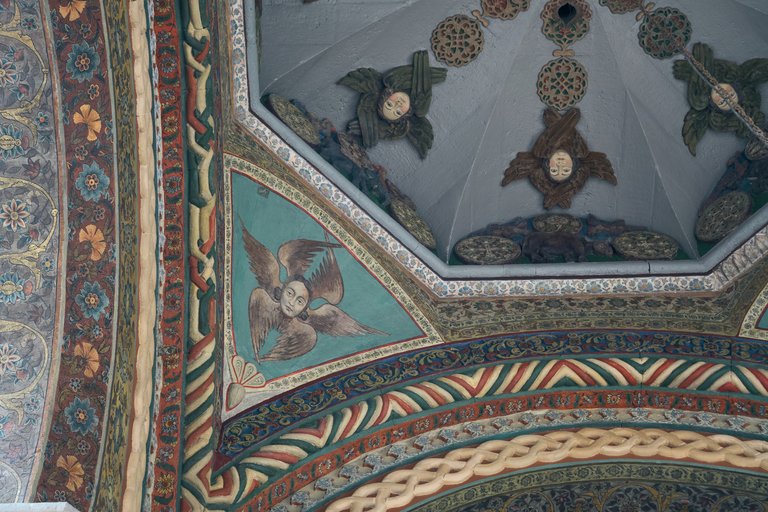
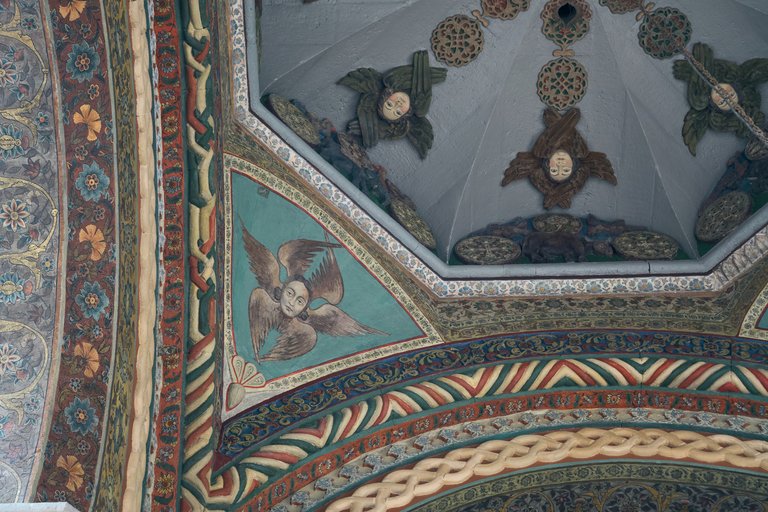
But despite the scorpion, even from this point you can tell there has been an incredible attention to detail. And this post actually comes from the last cathedral one I did on another reconstruction project in Kutaisi, which was so poorly done it resulted in UNESCO removing it from world heritage status. This is an example of reconstruction done right. To give similarities to that of the older churches, and their beautiful colours which are now often faded and forgotten. This is the first time I've been inside one and really paid attention to such details, where the walls are not empty. Instead, covered in detail. Showcasing various themes that speak of the religion and the nation's culture. And I love that style! Armenian patterns and colours are beautiful!
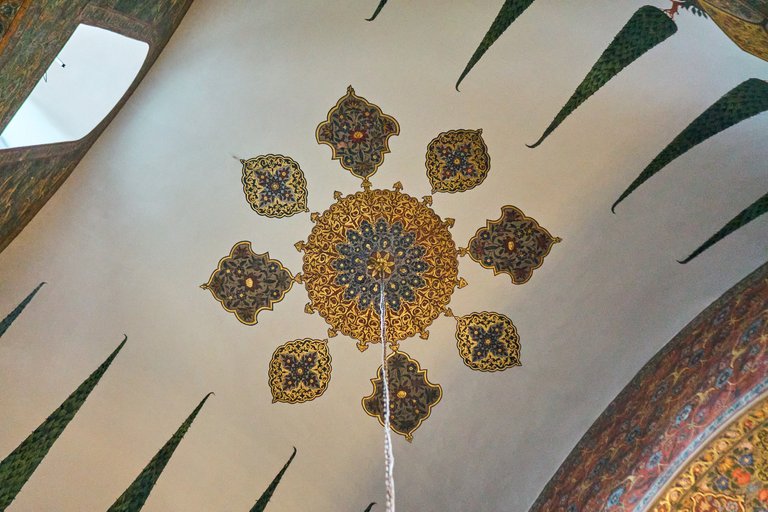
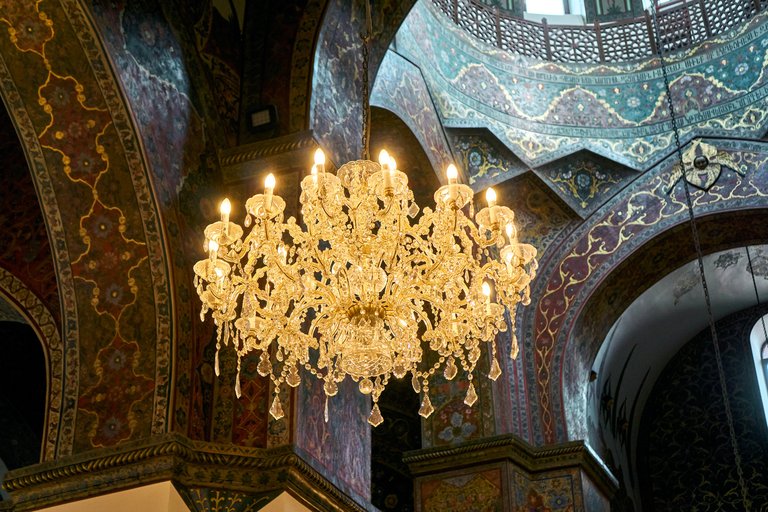
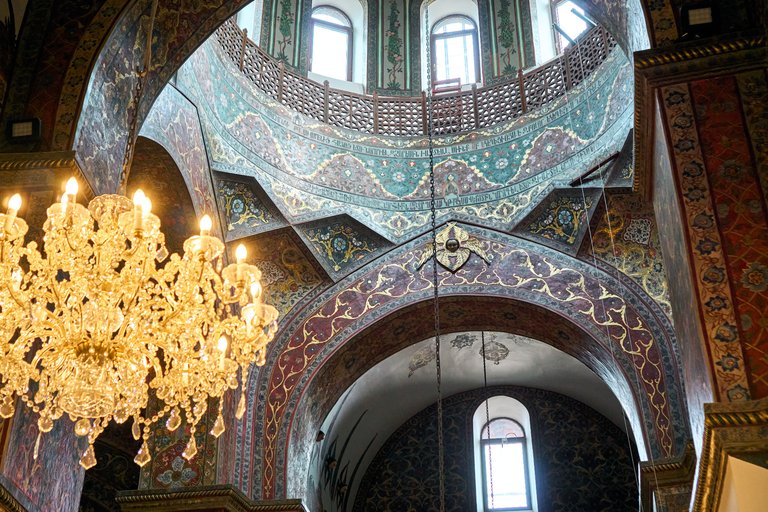
There are some signs of modernisation, of course. Primarily in the way in which the lighting is handled. There are still magnificent, huge chandeliers that hang above from the different rooms, but it doesn't take much to notice they're all connected to LED lightbulbs. That's not something that really bothered me. After all, many churches that do remain here from the Roman era have these dark black charred walls, and it comes from where they'd have their flames for getting light. Not only would that ruin the building's intricate design, but would also serve as a great fire hazard given the many visitors today. Above them sit even more beautiful patterns. They really put in the effort here to make every aspect of the church beautiful, without it feeling overwhelming or too designed.
Now, this wouldn't be a grand religious space without a few paintings, and fear not, there are still some! As well as a few old items from the Roman era: rocks with the cross carved into them. A common theme in this nation, where these little monolithic type structures are found all over, and many just left in the wild. Appreciated by the locals.
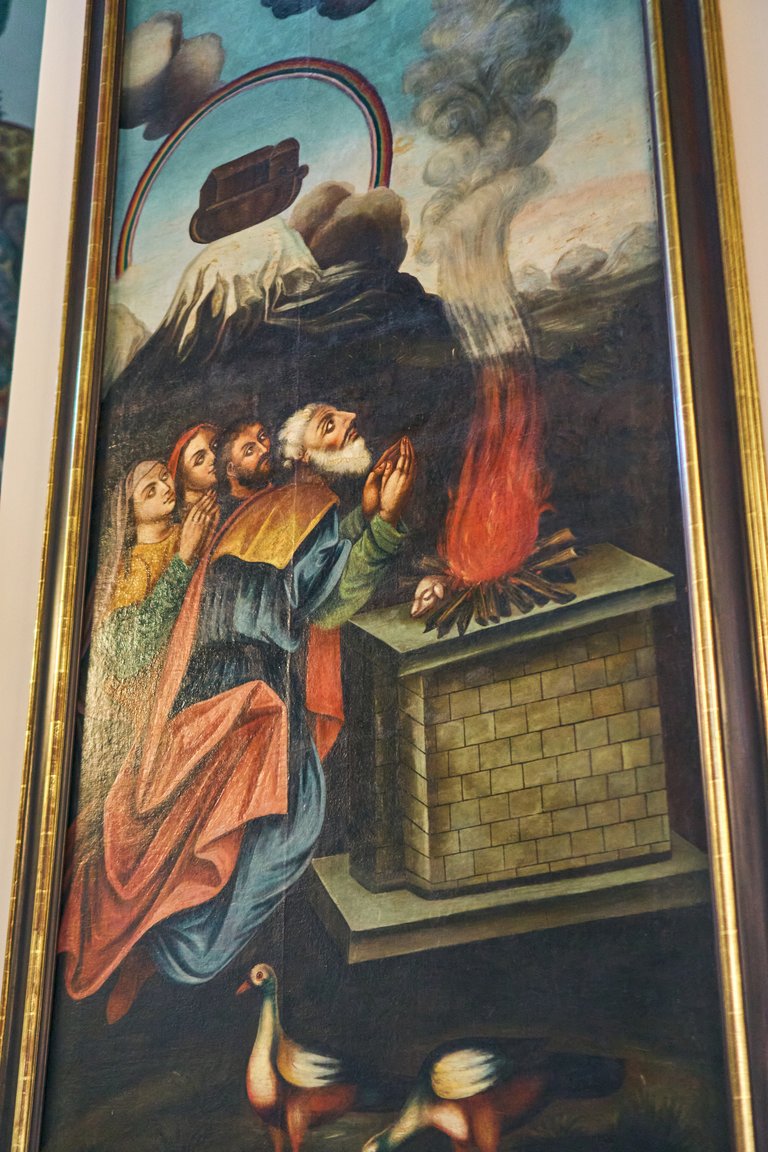
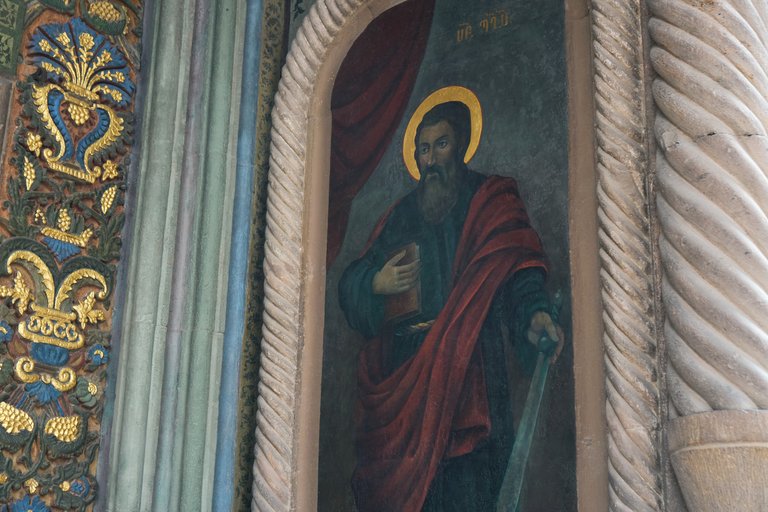
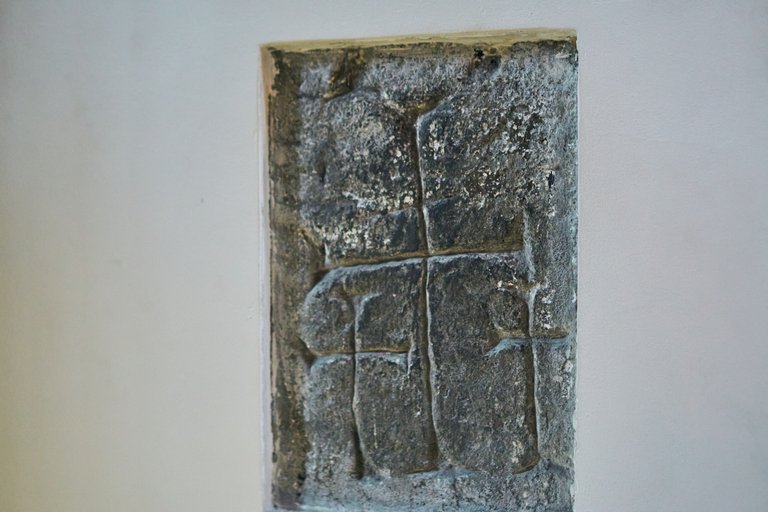
I wouldn't say I am of the religious type, but here in these environments I do tend to show my respect to the culture and the history of the location. You'll notice that people, when exiting a church, will turn around to face the other end of the building, to which they'll trace the cross over their head and torso. The idea being that these people, upon leaving the House of God, do not turn their backs to him. Given how strong the religion is here, to not follow in this would most certainly be disrespectful. Children do it. The elderly do it. Even the toughest of appearing men do it. And realising how old these places actually are, you tend to walk within them feeling this respect, this feeling that you are within something more powerful than yourself; not to say you suddenly become religious, but you feel the fragility of time, the peacefulness of this location where people come together to also try to escape some of life's greatest fears. And it's easy to imagine the many that once passed through, from even the Roman era.
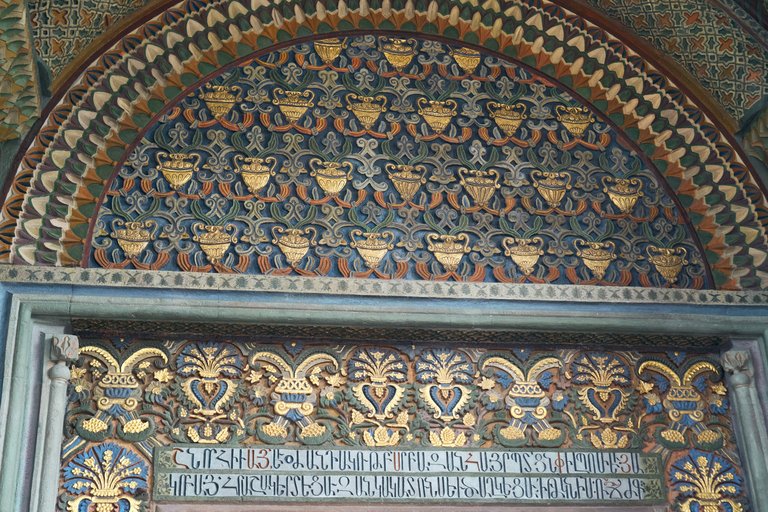
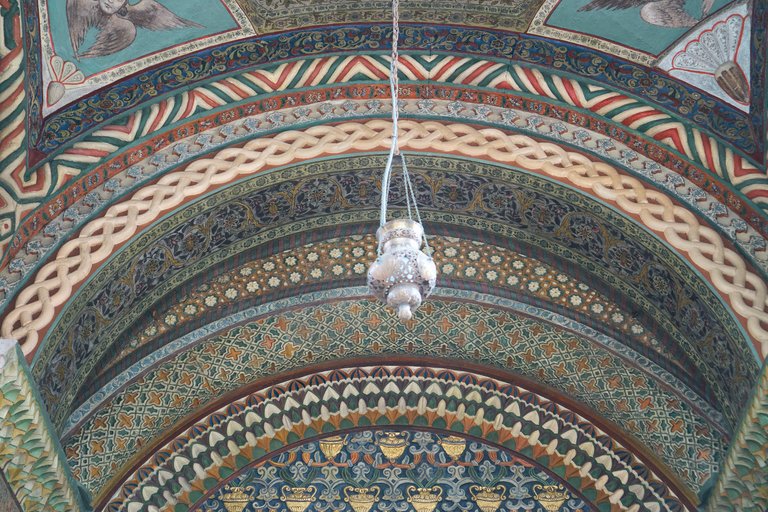
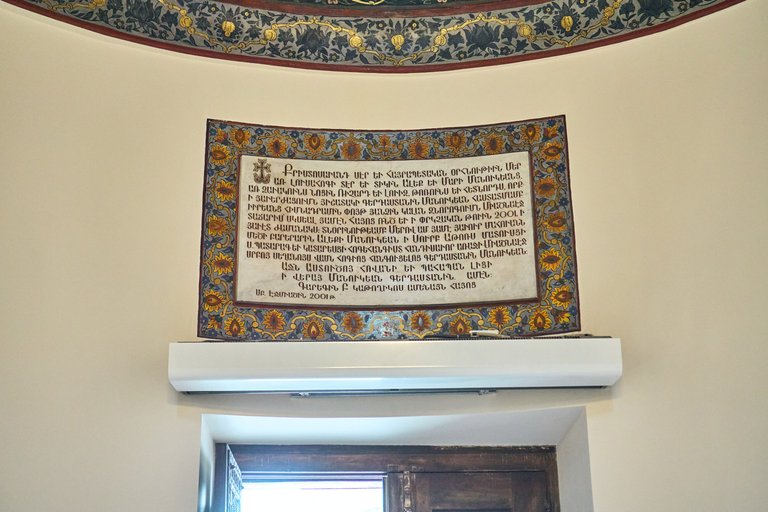
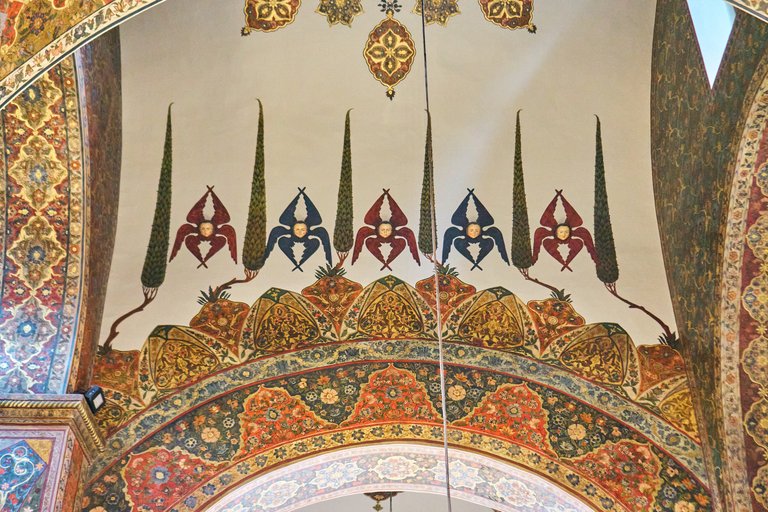
Though sometimes some of that religious imagery can also be a bit unsettling. I believe these are symbolising more accurate representations of angels known more commonly as Seraphim. There's always something within a church that makes you feel a bit uncomfortable, right? But even so, the attention to detail with these is incredible, and some previous ones within the church date several hundred years back, whereas the church was built around 300 AD. If you look down, you'll also notice a part of the building where the floor is just a glass pane, where you can look down into the church's even older fountains. This was something that was nice to see, a little bit of that history which remains untouched. You can see the changes through time, from cold dark stone into the more artistic additions that came throughout the years.
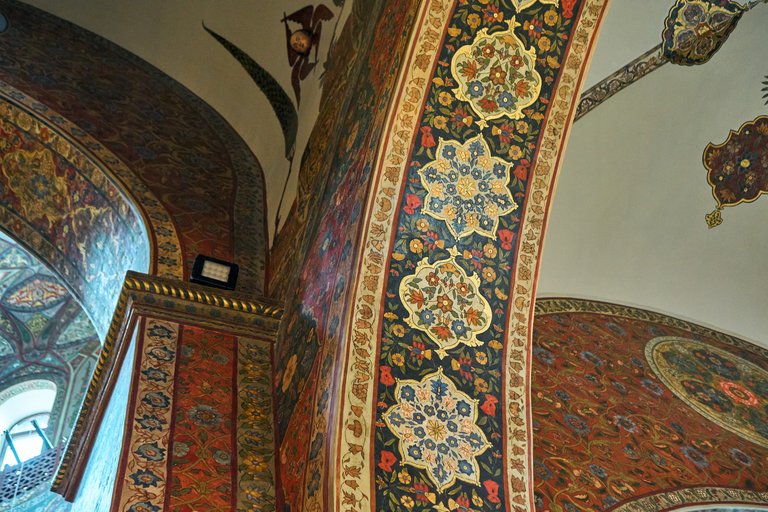
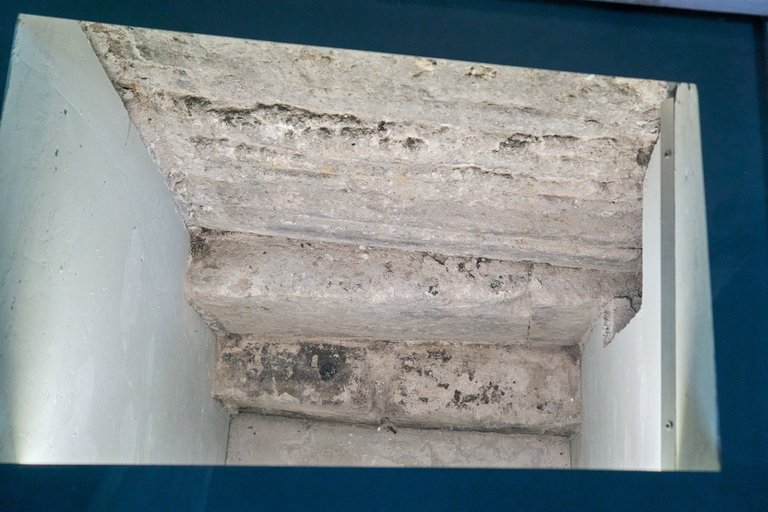
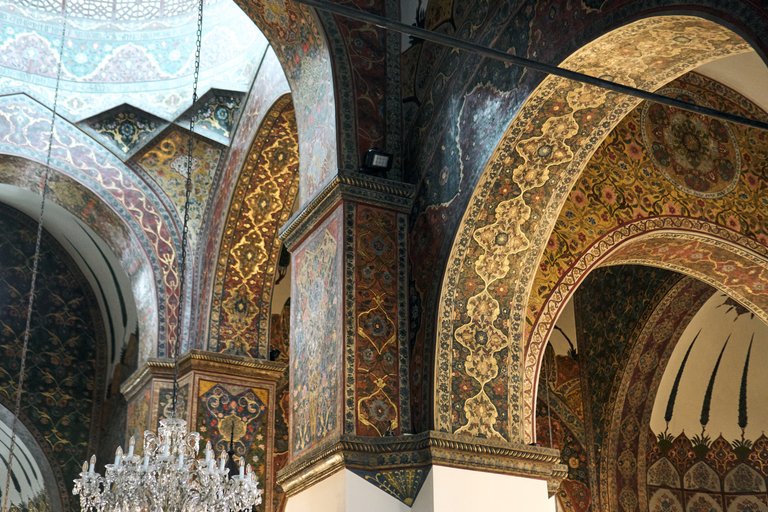
To close this up, here are some features found outside of the church, where some of the previous priests have been buried. Some dating so far back that it is hard to comprehend the time that has passed, others a little more recent. And even within the many generations, there's still beauty to be found in how these stones have been decorated.
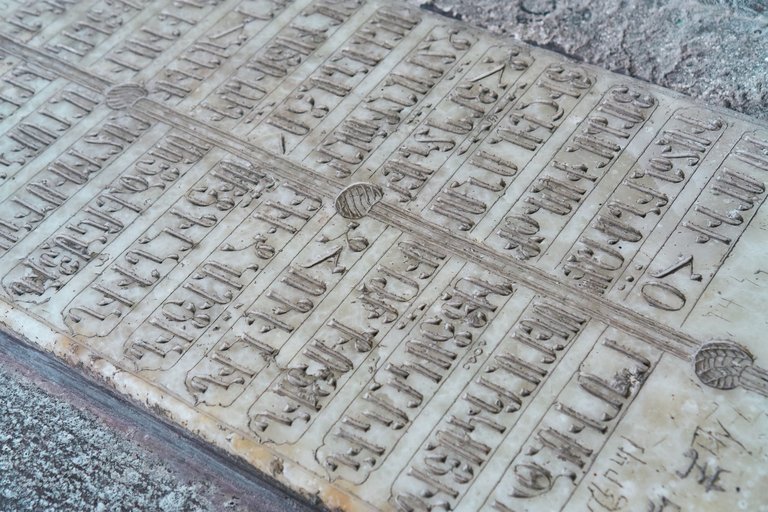
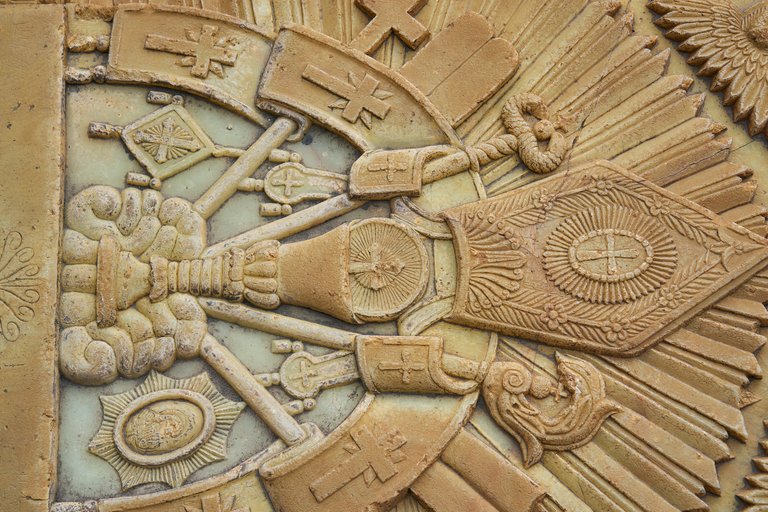
I'd say even if you aren't religious, if you end up in this area, it's worth the visit to admire the beauty of the art. The awareness of the history and culture that has impacted humanity for hundreds of years in various ways, throughout the world. And sometimes it's good to remind ourselves that we are just human.
You can check out this post and your own profile on the map. Be part of the Worldmappin Community and join our Discord Channel to get in touch with other travelers, ask questions or just be updated on our latest features.
Congratulations, your post has been added to the TravelFeed Map! 🎉🥳🌴
Did you know you have your own profile map?
And every post has their own map too!
Want to have your post on the map too?
- Go to TravelFeed Map
- Click the create pin button
- Drag the marker to where your post should be. Zoom in if needed or use the search bar (top right).
- Copy and paste the generated code in your post (any Hive frontend)
- Or login with Hive Keychain or Hivesigner and click "create post" to post to Hive directly from TravelFeed
- Congrats, your post is now on the map!
PS: You can import your previous Pinmapple posts to the TravelFeed map.Opt Out
Branded products connect your audience to your message just as Etchmiadzin Cathedral connects generations to history. As one of the world’s oldest cathedrals, it symbolizes timeless identity—something every brand aspires to. Custom items like notebooks, apparel, or drinkware can serve as lasting reminders of your brand’s story. With thoughtful design and purpose, branded products leave an impression as enduring and meaningful as Armenia’s ancient architectural masterpiece.
Posted by Waivio guest: @waivio_ali-raza
I must say that it's a pleasant surprise to see your face on your profile picture. Saluti dall'Italia!
I figured it was about time to change things up. A bit older, a bit more careless and free ;^)
🙂👍
This is for the travelfeed right ? But not super apparent seems like a regular post until you reach the end not sure what you guys can do about that a standardized banner or something maybe
It's posted from the travefeed.com front-end yeah. And there are options as to whether you want the link at the very top of the post or bottom. I choose the bottom since I think it's a bit less intrusive.
The other thing is certain communities might get weird about types of banners. Hive can be a weird place and some could consider it either advertising or attempts at 'leeching'. Best to just keep it at the bottom in my case since I'm a mod and the last thing I want is nonsensical Hive drama in the event I post in other communities. :^)
A bigger banner is more likely to draw in unwanted attention, I think. The travelfeed front-end allows for posting in any community, so I don't have to post in the travelfeed community, I just choose to do it most of the time.
There are things that could be done to increase general reach, but that can be difficult too with it taking quite a bit of time to either run contests or fund them. I do have a contest draft prepped that I need to get going, I just haven't had the time to push it since I've been moving between countries and dealing with some life stuff these past few months.
We also curate outside of the community. I'm constantly looking for good travel posts and giving them some support from the main account. Especially ones that seem a bit out of the ordinary and aren't the usual locations or just visits into museums. The contest I have drafted is more focused on aspects of culture, for example.
Hiya, @lizanomadsoul here, just swinging by to let you know that this post made it into our Honorable Mentions in Travel Digest #2607.
Your post has been manually curated by the @worldmappin team. If you like what we're doing, please drop by to check out all the rest of today's great posts and consider supporting other authors like yourself and us so we can keep the project going!
Become part of our travel community:
Thank you :)
You are very welcome @namiks! it was well deserved. ☀️
We are already looking forward to reading more about your adventures!
Congratulations @namiks! You received the biggest smile and some love from TravelFeed! Keep up the amazing blog. 😍 Your post was also chosen as top pick of the day and is now featured on the TravelFeed front page.
Thanks for using TravelFeed!
@for91days (TravelFeed team)
PS: Did you know that we launched the truvvl app? With truvvl, you can create travel stories on the go from your phone and swipe through nearby stories from other TravelFeed users. It is available on the Apple App Store and Google Play.
But then, there is that light you shed on the Cathedral, with its reconstruction and the meticulous attention to detail. You can tell they did a very good job, with those patterns and the Armenian colors, which come through beautifully through your photos. It is a real delight to behold.
I found your reflection on the respect that arises when visiting these ancient and historic places very interesting, even if one is not religious. And the detail of the people turning around so as not to turn their backs on the House of God as they leave, is a powerful gesture.
I feel we are fortunate to be able to appreciate the beauty of art and the awareness of history that impacts us in so many ways. And you are right that, it is good to remember that we are simply human in the midst of so much greatness. By the way, I failed to visualize the scorpion, try as I might, my eyesight is not so good anymore.😊
Thanks again for this immersion so rich in culture and history. Best regards. Take care. 👋
I really love that contrast here. The incredibly cool modernist looks of Armenian Soviet design. Very shape oriented with squares and lines, various patterns that you'd see on things like rugs. I love that in some ways the nation still takes pride in this design and continues it even with newer buildings and designs. More could always be done, of course.
These old churches are beautiful, you really feel the history in some of them. Many scattered around the nation, into Azerbaijan, Iran, and in Turkey given Armenia was once a larger country. I've seen a lot of old churches in the past, but here it is almost like you can feel the history and the faith. Even if you aren't religious you can feel the power it has on the people.
It's unlike any other place I've seen or been to.
😊👋
https://www.reddit.com/r/armenia/comments/1lox2fj/etchmiadzin_cathedral_one_of_the_oldest/
This post has been shared on Reddit by @x-rain through the HivePosh initiative.
These are some really cool photos and a truly unique looking church. I love all of the intricate designs painted on the walls, with each row being completely distinctive and interesting. It almost doesn't feel like all of these design styles should fit together, but they really are captivating to look at. I don't think I have ever seen Armenian written out before, but the lettering looks so ancient, and is really fascinating to see.
I really love the way the language looks, especially the more traditional type. Even the Soviets copied that and would portray it in a rounded fashion on their posters, even going as far as using the blue tone of colour. There's definitely this mystical feeling to it in older places though, like you said the ancient look. Especially in the older Roman churches which remain around the nation
I have only visited a few of the really old Roman churches, but I have found them all to be quite unique. They usually seem cozier on the inside, and you see more abstract designs, as with the Seraphim. I find the older they are the more fascinating to me. Some day I would really like to visit Armenia, as I feel there are many cool ancient places to see in this part of the world.